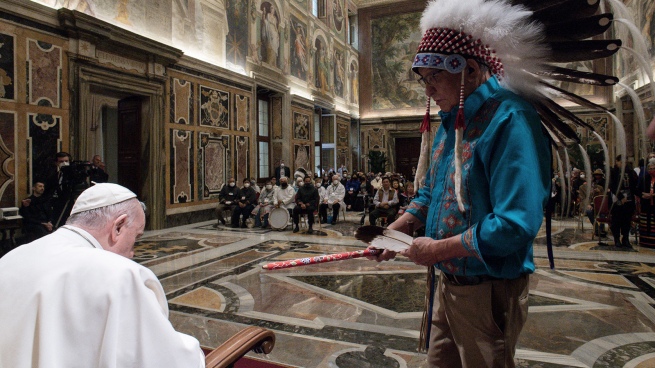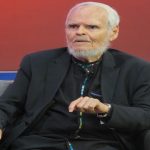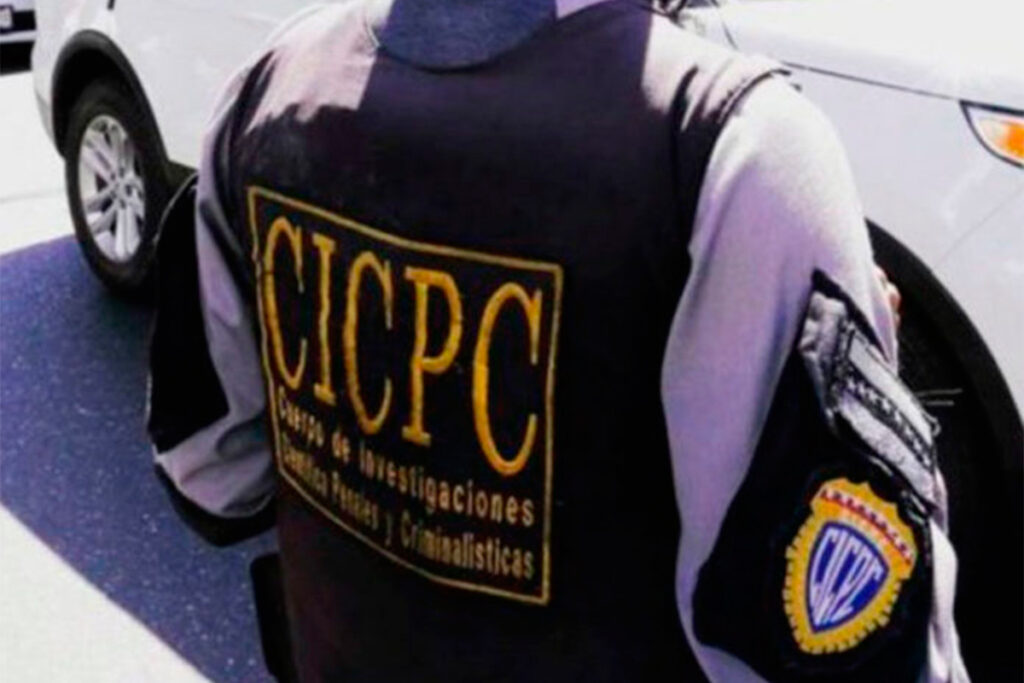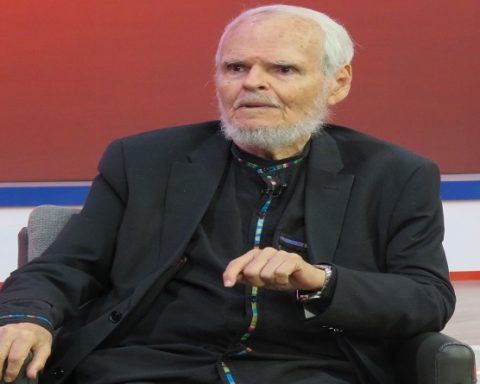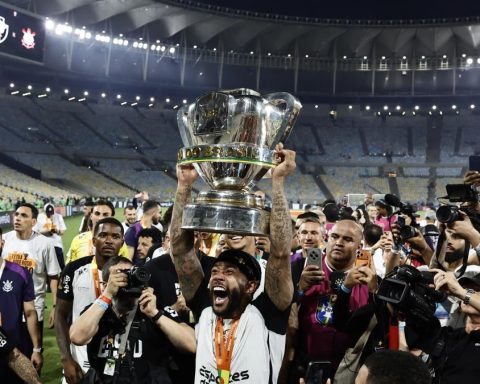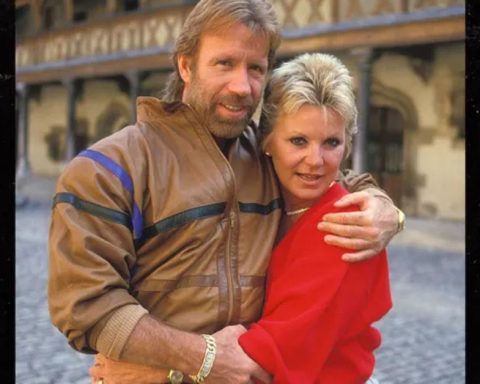On a trip that will focus on asking indigenous peoples for forgiveness for the abuses committed in boarding schools run by Christian institutions for more than 100 years, Pope Francis will travel to Canada next Sunday for one of the longest visits of his pontificateand that he has decided to keep despite the fact that he continues to be treated for ligament problems in his right knee.
The 85-year-old pontiff will travel between Sunday the 24th and Saturday the 30th a total of 19,246 kilometers to visit the cities of Edmonton, Quebec and Iqaluitin which he will deliver nine speeches, most focused on the reconciliation of the Church with the Canadian indigenous peoples, Télam learned from Vatican sources.
Suffering since the beginning of the year from pain in his right knee caused by a ligament injury, the Pope maintained the trip to Canada despite the fact that he is still recovering and after having had to suspend, on medical advice, the trip he had planned to Democratic Republic of the Congo and South Sudan from July 2 to 7.
The Pope’s trip is a continuation of the meetings he had in the Vatican at the end of March and beginning of April with representatives of the Métis, Inuit and First Nations, the three indigenous peoples who suffered abuse of all kinds in about 140 boarding schools that operated in Canada from the mid-19th century to the end of the 20th.
About 150,000 children passed through them, many victims of abuse that in some cases caused their death.
“Unfortunately, in Canada, many Christians, including some members of religious institutes, have contributed to policies of cultural assimilation that in the past severely harmed the original communities in various ways,” the Pope said after praying the Angelus at the Vatican.
“Unfortunately, in Canada, many Christians, including some members of religious institutes, have contributed to policies of cultural assimilation that in the past severely harmed the original communities in various ways”
“Now I am going to make a penitential pilgrimage, which I hope, with the grace of God, will contribute to the path of healing and reconciliation already undertaken,” he emphasized.
Accompanied by Télam as the only South American medium on board the Ita Airways Airbus A330 that will take him to CanadaFrancis will depart from Rome on the 24th at 9 a.m. and will travel almost 8,500 kilometers in 10 hours before landing in Edmonton, in the west of the country, where he will be received by the Canadian authorities.
On Monday the 25th, on his first day of activities, the Pope will go to Maskwacis, almost 100 kilometers south of Edmonton, to have a meeting with representatives of the three indigenous peoples in the esplanade of one of the largest schools that served as a boarding school. to the children of those towns, Ermineskin, which operated between 1895 and 1975.
According to figures from the National Center for Truth and Reconciliation, 15 children died in Ermineskin from tuberculosis due to the poor conditions in which they had to live.

The Pope’s visit is in part a response to the report published in 2015 by the Canadian Truth and Reconciliation Commission with 94 “calls to action” including a specific claim for the pontiff to apologize on Canadian soil.
After the meeting with the Métis, First Nations and Inuit, Francis will return to Edmonton to have another meeting with indigenous representatives and local church communities.
Meeting with Trudeayu
On Tuesday the 26th, the Pope will celebrate his first mass on Canadian soil, with a ceremony at the Commonwealth Stadium in Edmonton, with a capacity for nearly 60,000 people. After mass, the Pope will travel 50 kilometers west to participate in a pilgrimage to Lake Santa Ana, a tradition of local Christian communities since 1889 that brought together nearly 40,000 people each year until before the pandemic.
On Wednesday the 27th, the Pope will cross Canada and travel 3,100 kilometers east to reach Québec, the second stage of his visit.
That day, the pontiff will meet with Canadian Prime Minister Justin Trudeau in the Citadel of Québec, in what will be the second bilateral meeting between the two after the meeting they had at the Vatican in May 2017.
Immediately afterwards, Francisco will give a speech, as is customary, to the civil authorities and the accredited diplomatic corps in the country, which this time, in another gesture of rapprochement, will also be joined by representatives of the indigenous communities.
The next day, still in Québec, the Pope will celebrate his second mass in Canada, with a ceremony at the Beaupré National Shrine.
Sold out
The 2,000 tickets available to the public for that mass were sold out in just 10 minutes, the head of the local Church, Erika Jacinto, told Télam.
Another 7,000 tickets are reserved for indigenous communities, Jacinto said.
Also on the 28th, but in the afternoon, the Pope will meet the local clergy at Notre Dame de Québec Cathedral, with whom he will celebrate Vespers and deliver a homily.
On Friday the 29th, his last day in Canada, Bergoglio will meet in Québec with the local Jesuit community, another constant on his travels, and then travel to Iqaluit, in the Canadian north, to meet with indigenous peoples of the area and leave for the afternoon to Rome, where it will land on Saturday 30.
(S)
The cases of abuse occurred in many of the 139 boarding schools created by the Canadian State to reeducate some 150,000 indigenous people between the ages of 3 and 16 under Western traditions, which were managed in many cases by Christian institutions.
According to the estimates of the indigenous peoples, some 4,100 children died in these boarding schools in the midst of poor living conditions and many were also buried in mass graves, of which there have been several discoveries in recent years.
The visit to Canada, which will have the motto “Walking Together”, will be Francis’ 37th international trip since his enthronement in 2013, in which he has already visited 54 countries, while becoming the second Pope to set foot in the North American nation. , after the three pilgrimages made by John Paul II.
